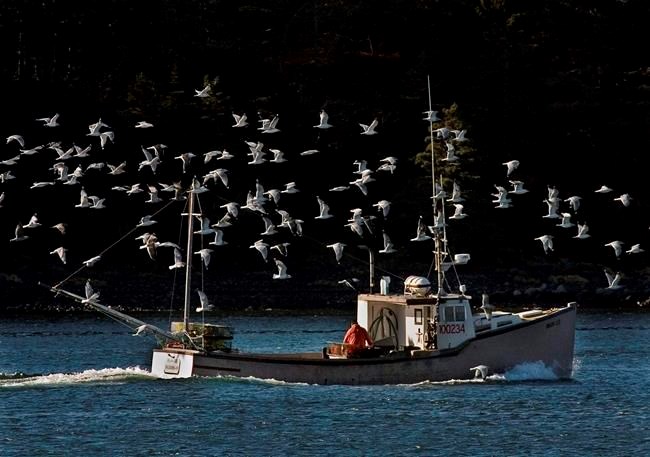Scientists have sifted through nearly 6,000 years of seabird droppings to get what they say could be the first long-term reading on how their numbers are affected by humans.
"It's a stinky job, but someone has to do it," said John Smol of Queen's University, co-author of a paper published Monday in the journal Proceedings of the National Academy of Sciences.
Smol said the work sheds light on one of the biggest problems in environmental and conservation science: What happened in any particular region before humans showed up?
"We call it shifting baselines," he said. "What is natural? What is a healthy population?"
He and his colleagues decided to see what lake sediments on an uninhabited island near Newfoundland could reveal about its large colony of Leach's storm petrel, the most common seabird in the northwest Atlantic.
"Lake sediments are like a history book" said Smol. "We're retrieving these notebooks written in the mud."
Extensive research on petrel guano revealed five different markers that could be used to estimate bird numbers. They included chemicals in the guano or evidence of algae blooms the droppings nourished. More of each marker meant more birds.
Meanwhile, the scientists used radioactive dating — the same kind used by archeologists — to establish a time sequence for the guano.
It turned out that a gucky, guano-rich, five-metre-long sediment core from the lake reached back 5,800 years into storm petrel history. Previous data only went as far back as the 1980s.
The sediment sequence showed petrel numbers went up and down over the centuries, sometimes dramatically.
But a big drop occurred in the early 19th century — almost exactly coinciding with the recolonization and permanent establishment of the French colony in the nearby islands of St. Pierre and Miquelon.
The link between the two events isn't clear. The birds — so oily that they were used occasionally as candles — were not commonly eaten.
"We can't say it was completely human-induced, but the timing is very, very coincidental," said Smol.
The end result is that the abundance of Leach's storm petrel today is only about 16 per cent of what it was before European settlement.
"Here is a way to reconstruct populations on time frames that are ecologically and environmentally relevant," Smol said. "It also shows that before humans were a significant factor, there were changes."
The study shows that the human footprint goes back further than most people think. It also shows that the definition of "healthy populations" can depend on the time scale used to measure them.
The study raises questions about what conservation targets should be, especially as habitats around the world shrink for thousands of different species.
Even at 16 per cent of the historical average, there are still about 200,000 breeding pairs of Leach's storm petrel on the island under study.
"It depends what you mean by healthy and stable," said Smol. "What is 'healthy'? What is 'natural'?
"It depends on the moving baselines."
This report by The Canadian Press was first published Dec. 7, 2020.
— Follow @row1960 on Twitter
Bob Weber, The Canadian Press



